Wash it Away
#120: Work, Editing, and Art, Moreshin Allahyari, Margaret Atwood and AI, Psychedelic Geometry (by @emilykins), Joe Bataan (discussion by Theo Gonzalves), and Billy Strings.
HERE AND NOW
Last weekend I did not post a newsletter. I felt that I really needed a break for physical and mental health reasons. It’s supposed to rain this evening and tomorrow. I look forward to the change, especially since this has been a hellishly bad year for me in terms of pollen and other airborne allergies, and I can’t wait for the rain to wash it all down into the gutters.
I don’t often mention my nonprofit work here, but it takes up a fairly big chunk of my life, and often competes with my art interests. I’m staff writer/editor for Asian Cultural Experience (ACE), which is working towards revitalizing Salinas Chinatown, home to the Chinese, Japanese, and Filipino communities of Salinas Valley. We are also raising funds to develop our cultural and historical archives, and to create a cultural center and museum in the neighborhood.
This year we are fundraising through the MCGives! Campaign specifically to develop our archives, and update our websites and computers. The Campaign will begin on Nov. 9 and end on Dec. 31. So if you’d like to donate to ACE through the campaign, please check out the MCGives! site on Nov. 9.
Related to my interests in Asian American culture and history, I recently received several copies of the beautiful book pictured below, Smithsonian Asian Pacific American History, Art, and Culture in 101 Objects. I’m happy to have had a hand in editing this book for editor/curator Theodor S. Gonzalves and the Smithsonian Institution. I learned a lot from this experience. In particular, I appreciated the writers and artists’ often critical and deconstructive view of methods used by museums and other institutions (especially in relation to colonialism) to obtain items for their collections.
The book is now available through the Smithsonian and Penguin/Random House. Theo will be giving a book talk in Salinas Chinatown in mid-April 2024, so if you are in the area at that time, you might want to check that out. It will be announced in the ACE newsletter.
ART
In Issue #116, I said goodbye to SaatchiArt, and decided to sell my art only through my website or in local venues. Initially, posting the art to the website was a tedious process, but I’m starting to get into the rhythm of it. I now have 21 items posted, old and new, and I will upload more soon. I will include some medium and large-sized1 art, as well as smaller and more affordable art, and eventually small, handmade blank sketchbooks. Here are a few pieces that are currently up:
RABBIT HOLE
I’m fascinated with Morehshin Allahyari’s decolonizing work, examining both human bodies and artifacts that are rejected, erased, and/or forgotten. Here is a video for Artist Talk: “She Who Sees the Unknown: Ya'jooj Ma'jooj”:
Article featuring Morehshin Allahyari on AI bias and digital colonialism.
Author Margaret Atwood reviews a “Margaret Atwood” story written by AI.
I grew up during the psychedelic 60s. While I was learning about impressionism and modernism in high school, my friends and I were drawing pictures of our latest “trips.” I was influenced (for awhile) by the flowing lines and neon colors on Grateful Dead and similar concert posters. “The 4 Levels of Psychedelic Geometry,” by @emilykins with @LokaVision, isn’t your usual video touting the therapeutic effects of psychedelics. The narrator features a typology of psychedelic visual phenomena and then offers a scientific hypothesis for it:
SOUNDINGS
Theo Gonzalves on “Afro-Filipino” singer/songwriter Joe Bataan:
Joe Bataan performing at the Boiler Room, NYC:
Billy Strings is a bluegrass musician/songwriter in the tradition of Doc Watson, with the chops to prove it, but he also pushes the boundaries of the genre. Here he sings “Away from the Mire” on Austin City Limits:
Thanks for reading/listening to Eulipion Outpost. And thanks to my supporters for donations to my Ko-fi!
I have a LinkTree now, so you can check out my other sites all in one location.
If you haven’t already, please subscribe:
Keep in mind, however, that for me, “large” is rarely over 40 inches across. My work tends to smaller sizes.

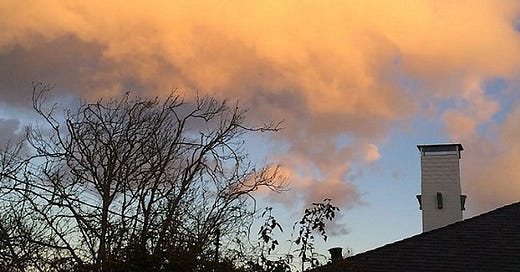



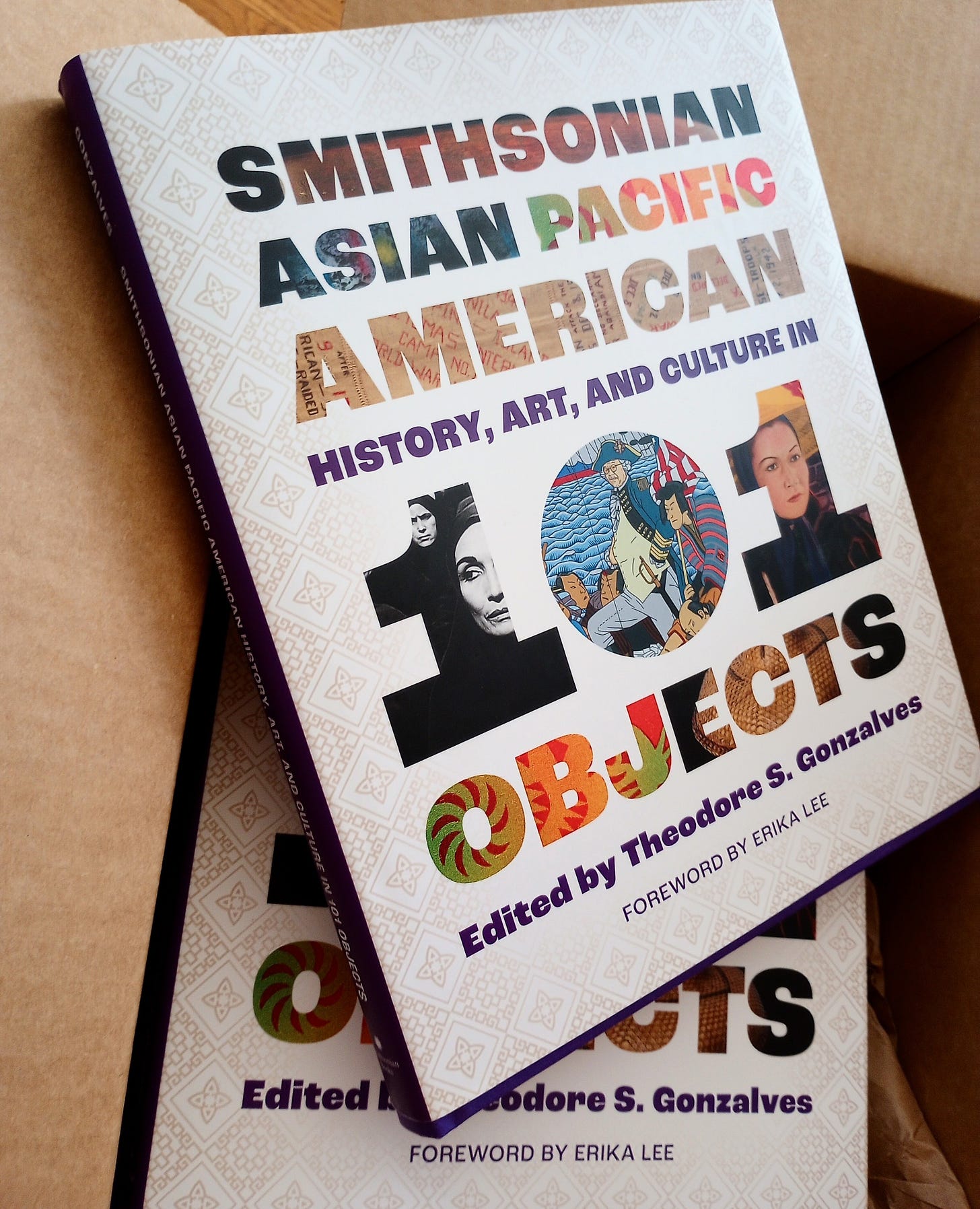
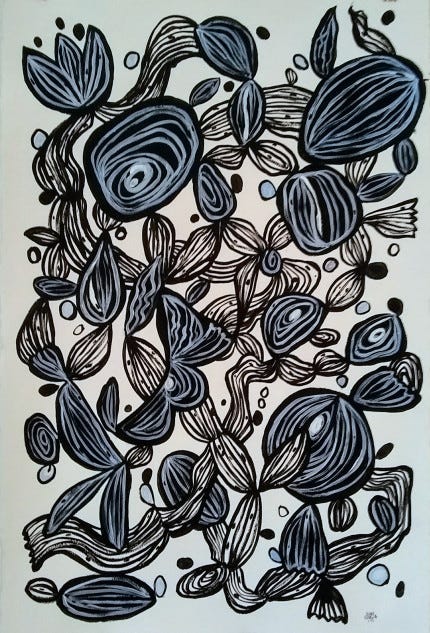
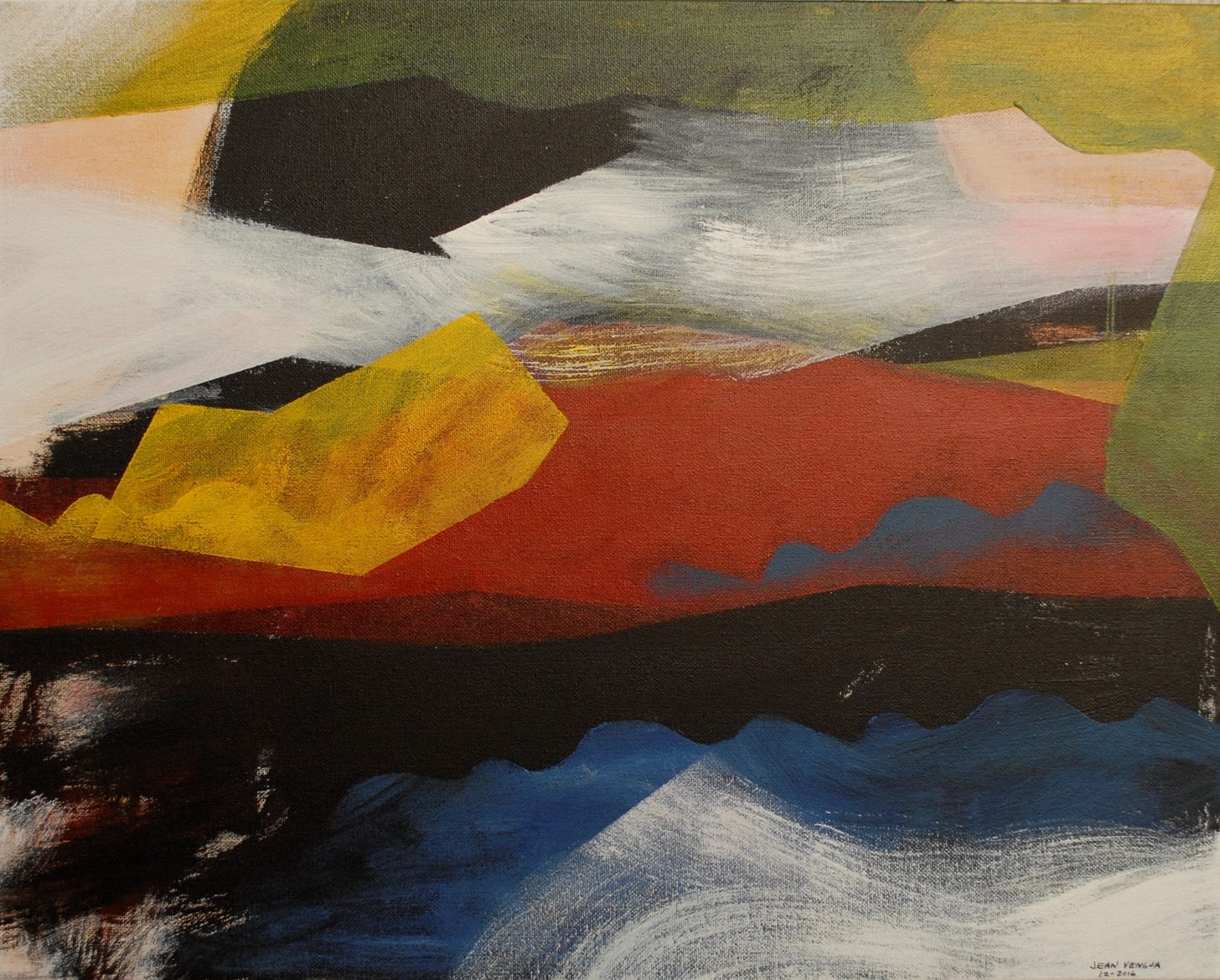
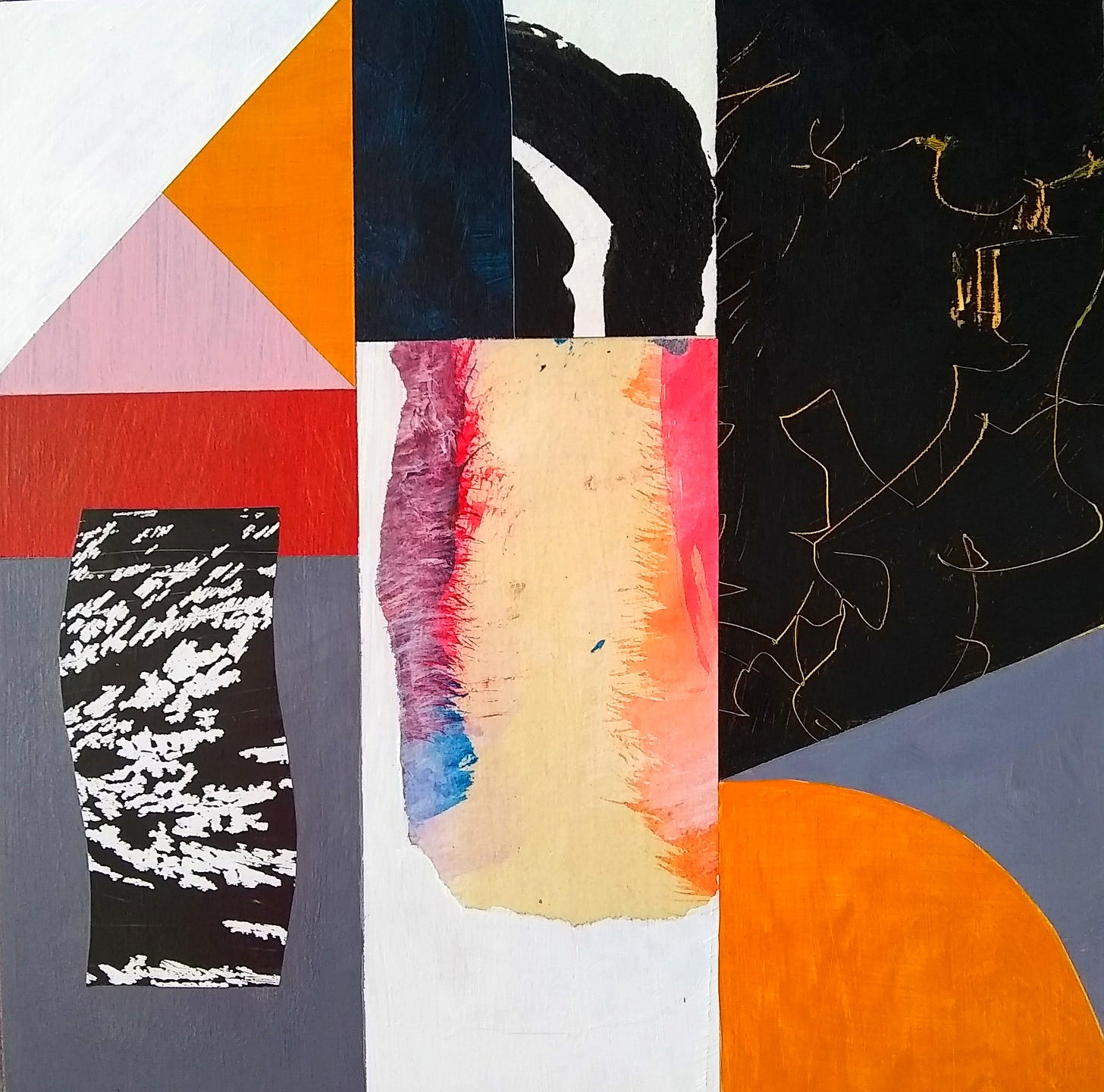

Up on my rooftop, your work and Billy Strings! Nice.